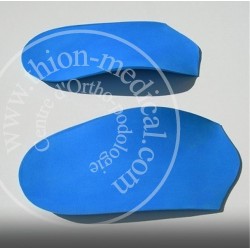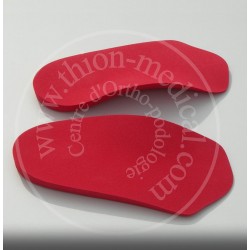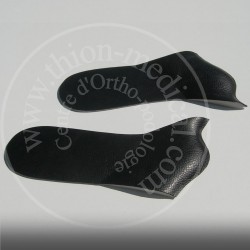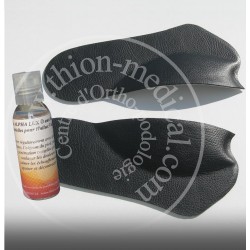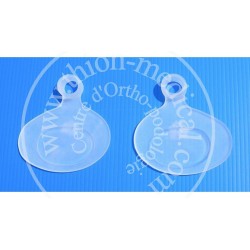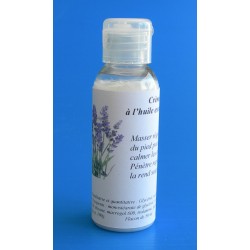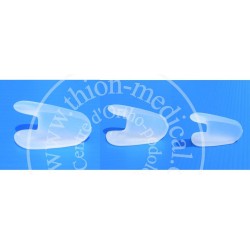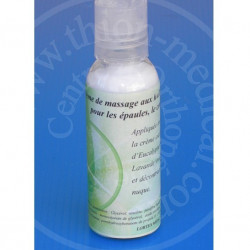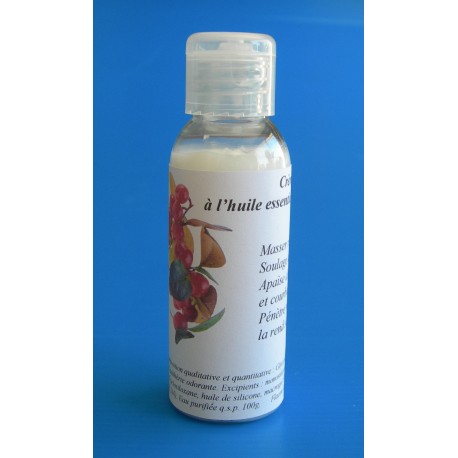
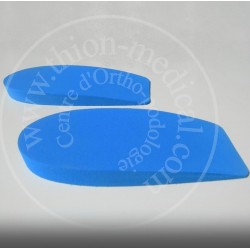
Appelez-nous au : 02 47 65 00 74


Crème de massage pour les talons à l'huile essentielle de gaulthérie odorante Bio
Conditionnement : 1 flacon de 50 ml
Indications:
La crème de soins podologique hydratante pour les talons à l’huile essentielle de gaulthérie odorante a des vertus anti-inflammatoires.
En application sur les talons, elle soulage les problèmes de tendinites achilléennes et de talalgies.
Elle apaise aussi les douleurs musculaires, les crampes et les courbatures.
La crème pénètre très rapidement et ne graisse pas. Sans parabène ni OGM.
Conservation à température ambiante.
Composition majoritaire:
Glycérol, vaseline, paraffine liquide, huile essentielle de Gaulthérie odorante bio, eau purifiée q.s.p.100g, .
Produits associés

